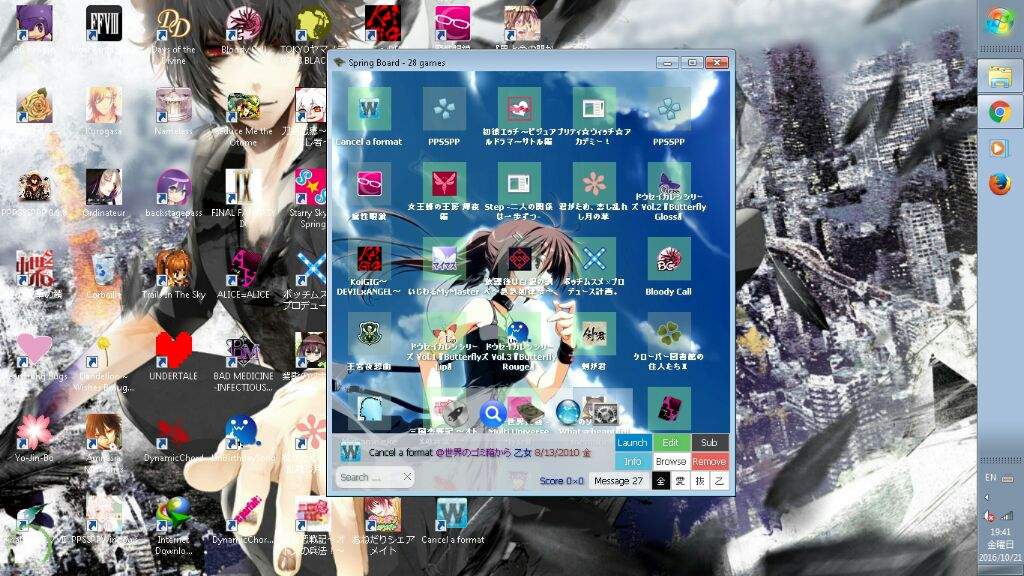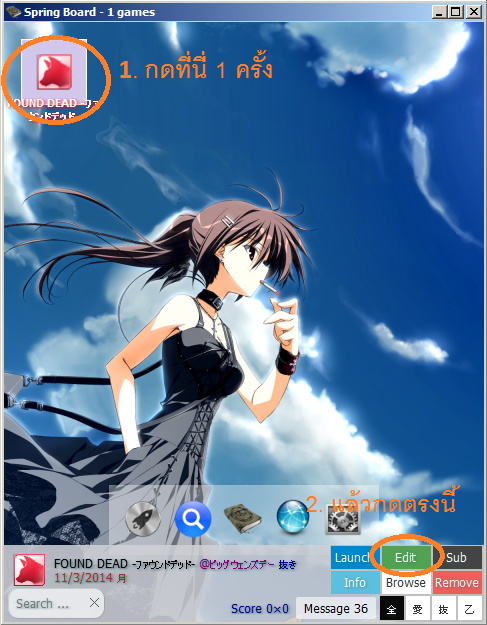
So all you have to do in theory is add $a for audio wherever you want it. This means “put the word in the first field (the front of the card), put the reading in the second and the meaning in the third (both on the back). If you have the simplest format, it will read $d$t$r$t$n. The Save Format field tells Rikaisama what to put in your card and where to put it. For this we click the Anki tab and we will see the following: The next part is to place the saved audio in your card. If you have trouble locating it, do a search for dia. Note: This will be called dia and the Anki folder will usually be in the Documents folder on your computer. If you have more than one Anki user name make sure you use the folder for the right one! Click the button beside the Saved Audio field and navigate to the media collection in your user-name folder inside the Anki folder. The first (and perhaps least obvious) stage is to make sure your audio is stored in Anki’s media folder (it won’t be by default):ģ.
Visual novel reader rikaisama how to#
How to add audio to Rikaisama-Anki Real-time Import

However, it isn’t difficult once you know how, and once it is set up, it works automatically. The bad news is that it isn’t completely obvious how to set it up in the first place. If we use Anki to review and consolidate the vocabulary we learn by immersion, we can easily add sound with the same one-click real-time import process we use to make our cards ( learn about real-time import here).
Visual novel reader rikaisama free#
You can make use of this wonderful free resource to enhance your learning every day. Rikaisama has a huge database of readings recorded by Japanese speakers for most of the words in its dictionary (you can hear them by pressing the F-key while the Rikaisama definition-box is active). This not only tightens our grasp on the pronunciation, but activates those audial areas of the brain that are designed for language-learning. When learning vocabulary we should be hearing it, preferably spoken by a native Japanese speaker, every time we review it. Our ears are made for learning language, and we need to harness them at every stage in the process. Indeed, the very concept of written language and all that is involved in using it is explained to them in spoken language. They understand the grammatical structure and have relatively large vocabularies. Long before children learn their first あ、い、う、え、お, or A, B, C, they are already fluent in their native language. The Magic of Sound – Harness audio power to turbo-charge your Japanese! The usual meaning of “haha ga kuru” is to express either a future action or an action that takes place regularly, as in: I think it is clear from context but I should state that this means “mother is coming” as in “mother is coming tomorrow” or “mother is coming later today” – not “mother is (now) in the act of coming” which would be

I hope you will enjoy this video that explains everything you need to know about n desu, no desu, na no desu and all their happy and much-simpler-than-they-seem cousins! Once you have them, you can understand all these endings and a lot more with no difficulty at all. However there are two little facts you need to know that the textbooks don’t tend to tell you. Japanese learners can feel confronted by a vast array of strange sentence endings – n desu, na no desu, na n desu etc.Ĭomplicated as they may feel they are actually very easy once you know how they work.


 0 kommentar(er)
0 kommentar(er)
